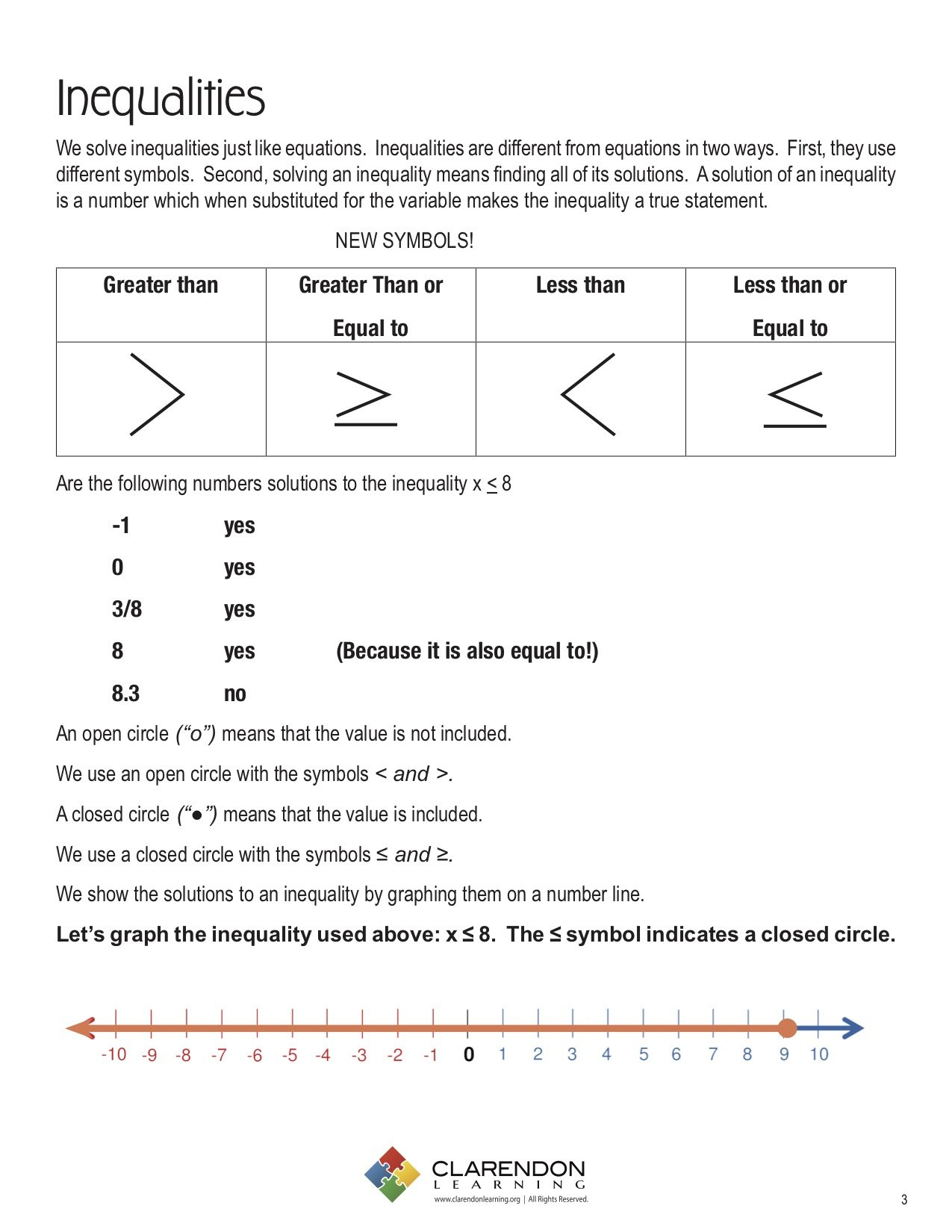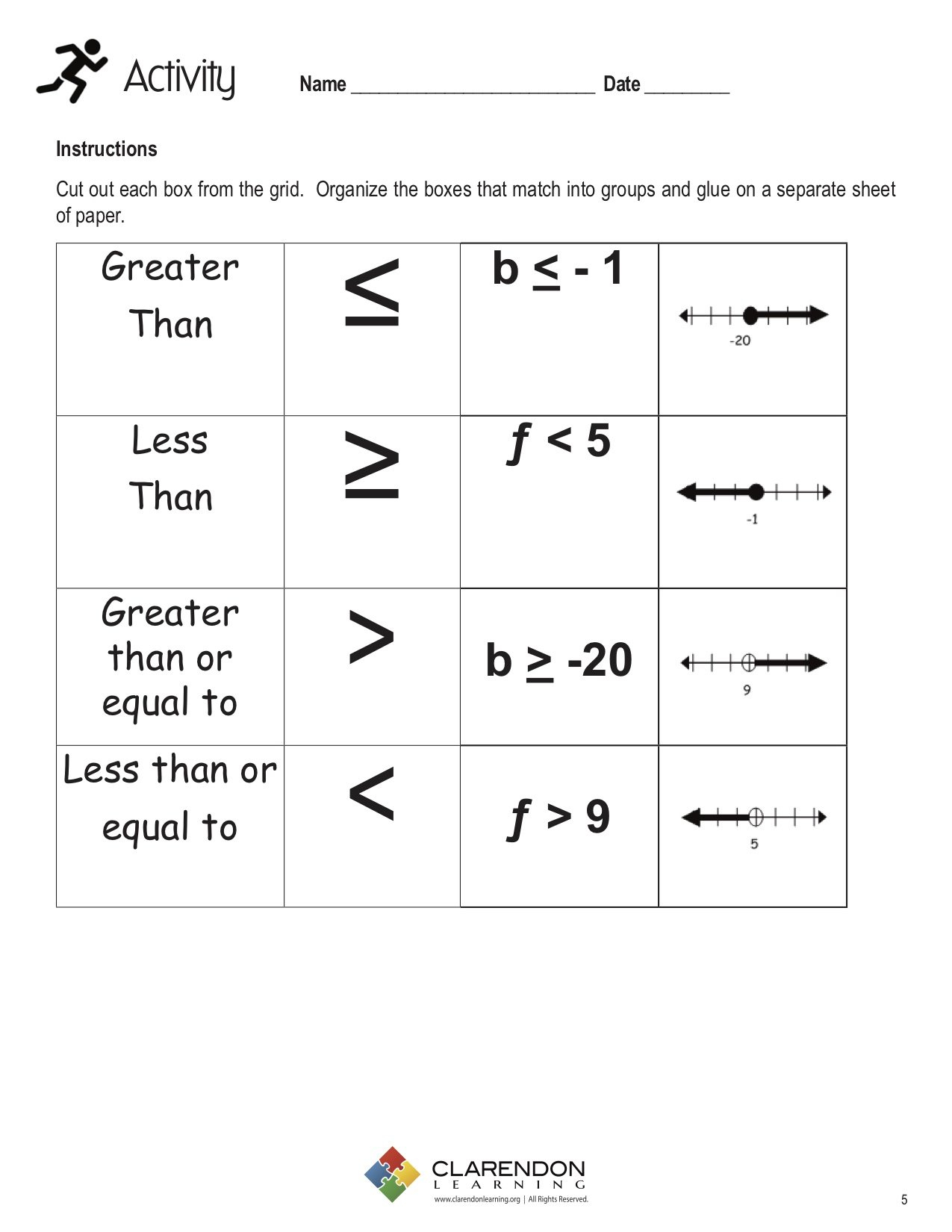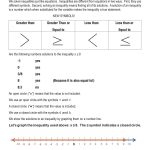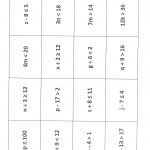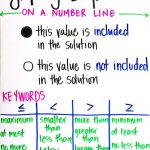The objective of most first time instructors is to develop lesson plans that help them give pupils a great education and learning. Some teachers are in a position where they must create lesson plans for their kids’s college that will give a structure for that youngster’s success as well as long-lasting learning. Whether you are developing lessons for your youngster or for yourself, you can constantly count on some fundamental lesson plans to get you began.
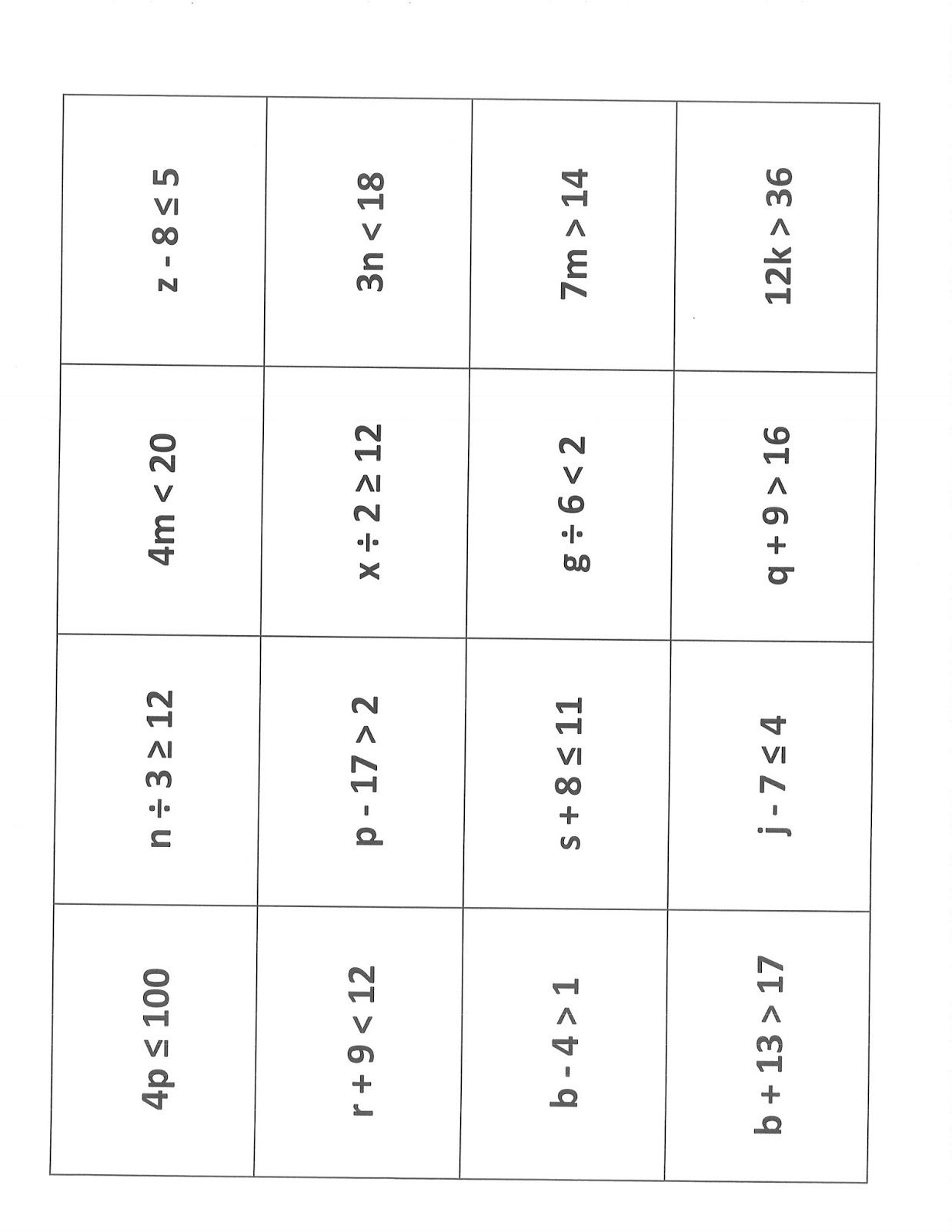 Solving Inequalities Matching Activity | Solving
Solving Inequalities Matching Activity | Solving
It is crucial to utilize the lesson plan as a tool in understanding. If you stick to the basics of a lesson plan, it will help you remember what was instructed during the lesson, which will certainly make certain that you will certainly be more reliable at your following lesson.
When creating lesson plans, there are some guidelines that you ought to comply with. If you are preparing on training both preschool and first grade on the very same day, then it is best to use the exact same age-appropriate lesson plan throughout. If you require to spread out your lesson times, you need to utilize different lesson plans so that each grade can utilize various subject issue.
 How To Teach One- And Two-Step Inequalities | Teaching Math
How To Teach One- And Two-Step Inequalities | Teaching Math
Before you begin producing lesson plans, take a look at your educational program. Do you have a great deal of room to move around in your lesson plan? If you have a smaller sized curriculum, then it may be best to relocate some of the lesson plans that you will certainly be utilizing, if you have a lot of space.
When developing your lesson plan is what products will you be utilizing in your lesson, an additional thing that you need to keep in mind. It may be best to utilize a few of the very same textbooks and also projects that you would utilize with first , yet you might intend to create a couple of brand-new projects that are age-appropriate. The trick is to see to it that every one of the materials that you will certainly be making use of are age-appropriate, which suggests that they should still be easy for any kind of trainee of any type of age to do.
Of course, you will likewise wish to be sure that your lesson plans include points that can be modified to satisfy the demands of your pupils. By customizing your lesson plans, you can make certain that you are providing your students the best possible lesson that they will be able to take home with them. As you are developing your lesson plans, you will require to see to it that you consider what products will certainly be readily available for each and every grade.
You need to additionally take into consideration the technique in which you will be showing your lesson because it will affect the products that you will be using. If you are producing lesson plans for a more youthful trainee, then you will probably desire to produce an setting where they can find out in a more natural way. This will certainly help them learn quicker, which will guarantee that they keep more information which they will have fewer problems while reviewing or doing other finding out activities.
Even though lesson plans are not mandatory for every single educator, they can be made use of as a tool to guarantee that you can instruct successfully and that you are doing your finest to instruct in such a way that will certainly help the trainee preserve as much info as possible. One of the most vital point is to just keep practicing and also coming up with brand-new lesson plans. As soon as you have created the different lesson plans that you will be using for your students, you can always begin to change the lesson plans as well as see just how they work.
Inequalities Uploaded by Mary J. Bourquin on Saturday, May 9th, 2020 in category 6th Grade Lesson Plans.
See also Inequalities from 6th Grade Lesson Plans Topic.
Here we have another image How To Teach One And Two Step Inequalities | Teaching Math featured under Inequalities. We hope you enjoyed it and if you want to download the pictures in high quality, simply right click the image and choose "Save As". Thanks for reading Inequalities.
